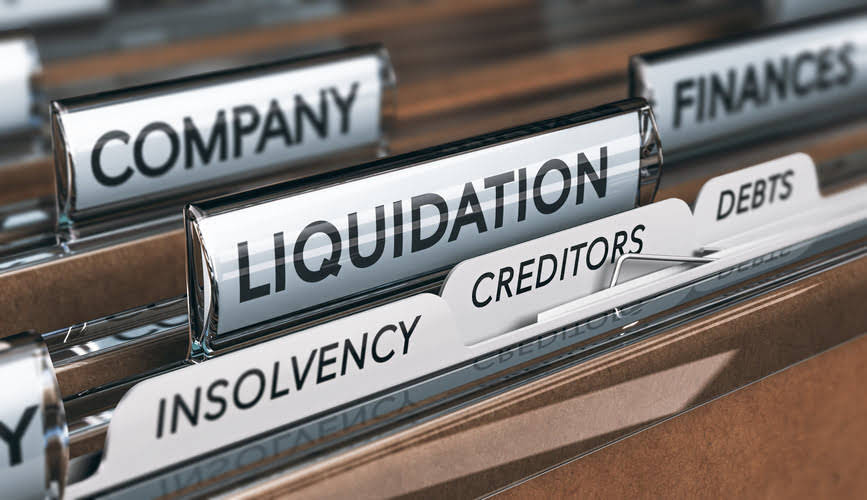Content

Online accounting software makes it simple to reconcile your accounts, generate reports, and more. Because your information is secure in the cloud, you can easily stay on top of your cash flow wherever you are. Be sure to factor in the fact that people and other companies are often late with payments, so if you want to receive payment within a month, make your payment terms 14 days. Rather than wonder, set a realistic goal for when you want to break even.
These fees for paying down your debts early can offset any potential savings. One option is to change the due date on your invoices or start sending them out 30 days before each loan payment is due. Easier would be to call the bank—they’re typically able to change the date your loan payment comes out to one that works for you. Now, given that business has been good, Tex reckons he should start paying down his loan. He makes an appointment with his accountant so she can help him put together a more accelerated payment plan. When Tex logs into his online banking, he can see that the minimum monthly payment on his small business loan is $1,500.
Monitor and Track Cash Flow
A good way to optimize cash flow is to review your monthly expenses and see if there’s anything superfluous that you could cut. Businesses often spend money on stuff that isn’t “mission critical.” Try to only spend on items that help achieve your top priorities. It’s important to develop a clear business plan to nail down your key offerings, as well as your sales and marketing strategy. Make sure the cash flowing through your company aligns with your business goals. Instead, sort bills from most important (e.g., payroll and rent) to least important, and get to the most important bills first.

There are a variety of accounting software programs and apps with built-in reporting, that makes cash flow analysis a tad easier. A small business has 90 days of inventory, but receivables are due in 60 days. Cash flow projections are poor as funds are blocked with debtors and inventory, while the payables are due in a shorter time span. Check your inventory to identify items that aren’t selling well. These products harm your cash flow, as the cash you’ve spent to obtain them isn’t converting to sales and thus revenue.
Spend only on essentials.
An example of this is working with a new lender to take out a small business loan at 10% APR and paying off your 14% APR business credit card debt. It won’t make a huge dent—but it’s one step towards improving monthly cash flow for your business. Pearl says Tex needs to spend more time on “cash flow analysis” instead of just throwing his statements in a filing cabinet. According to her, cash flow is the lifeblood of small businesses—and if Tex isn’t proactive about his cash flow management, things could start to go south.
Similarly, just because you have $20,000 in the bank doesn’t mean you can spend it. When you look at your cash flow over weeks and months, you’ll know how much to keep on hand and how much you can stash away or spend on growth. One best practice in small business cash management is looking at past data to assist projections. In many cases, your sales from this week one year ago will be more accurate https://accounting-services.net/restaurant-accounting-and-bookkeeping-basics-for/ than your sales last week, because historical data takes annual cycles and seasonality into account. If you believe your sales will grow over last year’s, you can increase the amount, but it’s important to be conservative to avoid ending up in a bad situation. To calculate cash flow, a business takes note of how much cash is available at the beginning and at the end of a specific period.
Business financing – Installment
” This kind of risk analysis can become part of your cash-flow budgeting process. Your outgoings will be deducted from your incoming to get your business’s net cash flow. If you think you need to reduce your expenses, try to cut the costs or negotiate payments where possible. Here are 10 steps you can follow to increase your business’ cash flow.
- The sooner you get paid, the sooner you can put money back into your business and grow.
- For example, many brick-and-mortar businesses were forced to close during the COVID-19 pandemic due to mandatory shutdowns.
- The timing of inflows of cash from sales and payments and outflows needed to meet financial obligations affect the small business’ ability to conduct daily activities.
- The operating cash flow statement shows the increases and decreases in the current asset and current liability accounts over the period.
For instance, he could refuse to let Accounts Receivable burn a hole in his pocket next time sequined Stetsons go on sale. Free cash flow is the cash left over after a company pays for its operating Should you hire a virtual accountant? expenses and CapEx. It is the money that remains after paying for items like payroll, rent, and taxes. Cash flow is the amount of cash that comes in and goes out of a company.
Opening a business on a budget during COVID-19
Once you’ve gotten into the habit of using a cash flow projection, it should give you added control over your cash flow and a clearer picture of your company’s financial health. All it takes are a few smart moves to keep your company’s cash flowing. Consider offering your customers incentives, such as a percentage off the total, for early payments. Do the math beforehand to ensure the deal is worthwhile for your business. The Viably Mastercard® is issued by Piermont Bank pursuant to a license by Mastercard International Incorporated, and may be used anywhere Mastercard debit cards are accepted. A cash crunch is not the right time to learn what options you have to close the cash flow gap.
You’ll have enough cash on hand to pay the bills, say “yes” to a new project or launch a marketing campaign. A CEO may be tempted to believe that monitoring and managing cash flow is the responsibility of an accountant or bookkeeper. Delays or unexpected changes in demand could cause a cash crunch.

